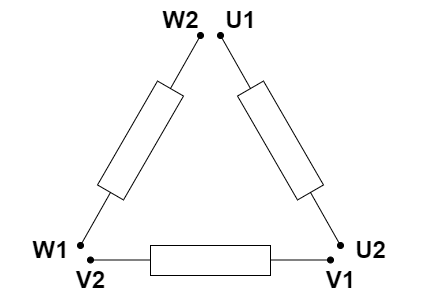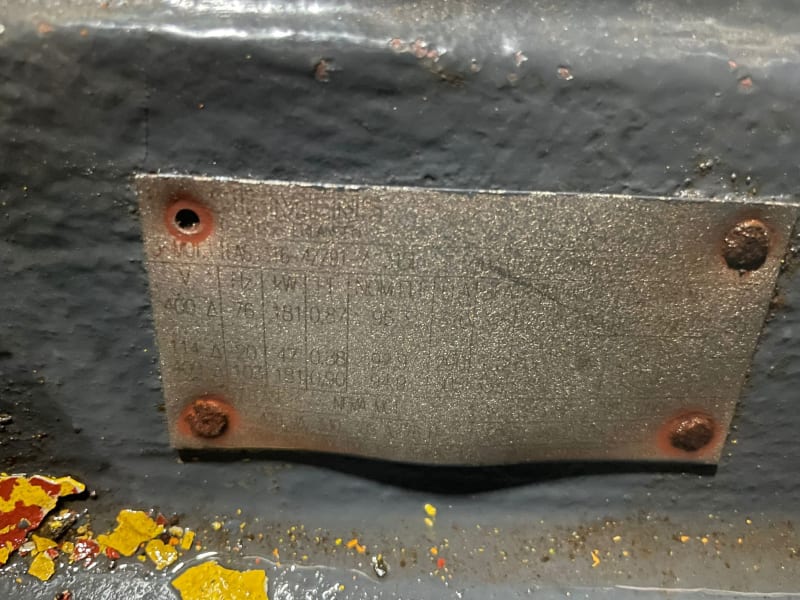CelsoSC
Electrical
- Feb 7, 2021
- 37
Hello, I had to service a Siemens Simovert VC with all three input thyristors shorted.
This VFD is used on an Atlas Copco GA180 VSD compressor.
The fault history buffer showed consecutive overcurrent trips F011.
Suspicion was a mechanical issue, and it turned out that the bearings of the motor were defective.
At the shop, they exchanged the standard bearings with insulated bearings.
It's a Siemens 2-pole, 3x400V, 180 kW motor.
After putting everything in place, I noticed a very strange behavior of the motor-VFD combination.
On ramp-up or ramp-down of the motor, I have a high vibration of the motor at about 1000 rpm with a high current peak on the output of the VFD.
This happens with or without the motor attached to the compressor screwhead.
At other rpm's the motor seems to perform with normal current readings and no vibrations.
What can I check? What kind of motor defect can provoke this behavior?
Thanks for any help!
This VFD is used on an Atlas Copco GA180 VSD compressor.
The fault history buffer showed consecutive overcurrent trips F011.
Suspicion was a mechanical issue, and it turned out that the bearings of the motor were defective.
At the shop, they exchanged the standard bearings with insulated bearings.
It's a Siemens 2-pole, 3x400V, 180 kW motor.
After putting everything in place, I noticed a very strange behavior of the motor-VFD combination.
On ramp-up or ramp-down of the motor, I have a high vibration of the motor at about 1000 rpm with a high current peak on the output of the VFD.
This happens with or without the motor attached to the compressor screwhead.
At other rpm's the motor seems to perform with normal current readings and no vibrations.
What can I check? What kind of motor defect can provoke this behavior?
Thanks for any help!


